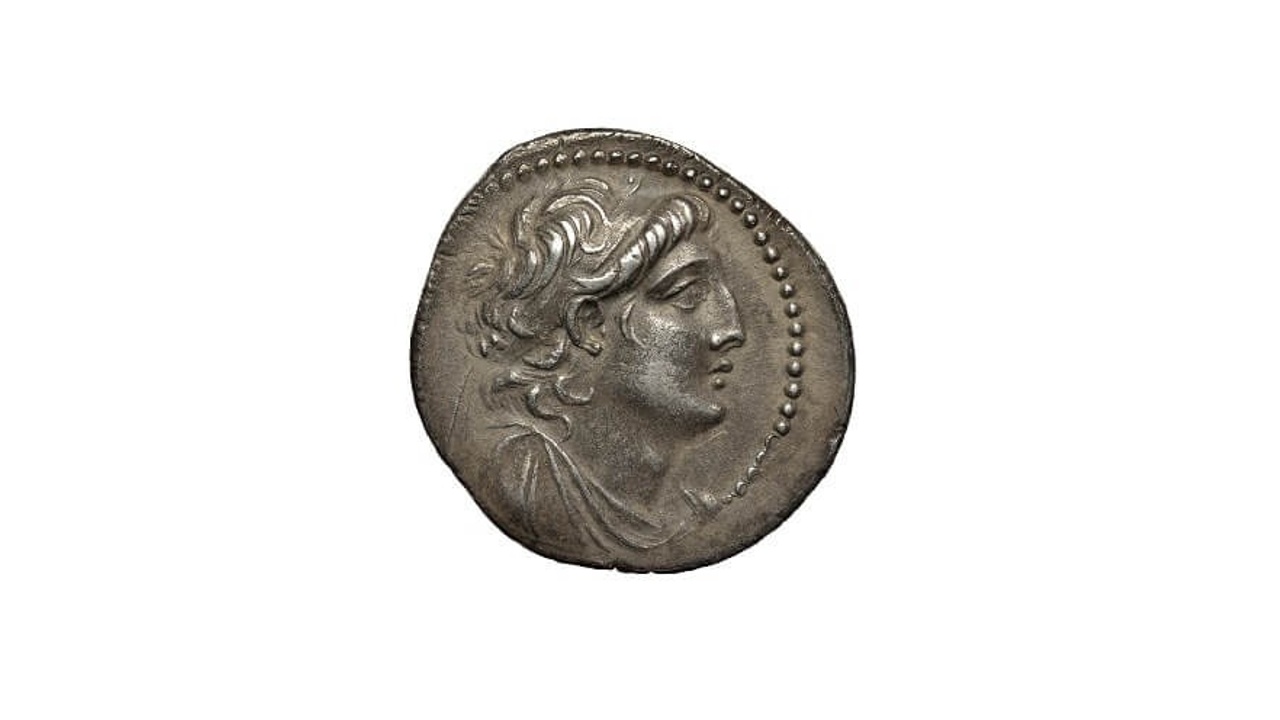The flash fiction story "Getaway" was written in the "Outliner" method, one of the 3 ways to develop an idea into a story. That is: plotting the story in advance of writing it.
Of course, there are **spoilers**, so if you haven't read the story yet, do that first (flash fiction = a very fast ...
Creating memorable characters is at the heart of every great story. One of the most effective ways to bring your characters to life is through their speech. But it's not just about what your characters say—it's also about how they say it. Understanding the nuances and depth of character spe...
The short story "The Coin" was written as an example of the (very rare) story that has no named characters, not even a named Protagonist, not a human one, anyway.
In almost all other stories, it is important to know how to write characters who stick in the reader's mind. "The Coin" is an ...
Craft captivating love interests for your stories. This article covers:
- The Importance of the Love Interest
- Pitfalls - 3 pitfalls and strategies to overcome them
- Types of Love Interest - 7 Types with examples from novels and film
- How to Write the Love Interest - 10 "Commandments" (or ...
I want to make my characters stand out with vivid, memorable cues for readers. Character "tags" are distinct elements that differentiate characters from one another, helping the reader identify them easily. How do I write character tags? Consider 9 types of character tags in fiction:
- Name –...
In fiction writing, creating characters that resonate with readers is crucial. One powerful way to achieve this is through your character's inner thoughts. These introspections add layers to the character, making them feel real and relatable. Let's explore why inner thoughts are a game-chan...
The flash fiction story "What Could Be Worse?" was written in the "Character" method, one of the 3 ways to develop an idea into a story. That is: take a central character through a character arc or transformation, based on the idea, developing the story around this character transformation....
Nothing captures readers' imaginations quite like a well-crafted hero. This article will cover:
- Who is the Hero (vs. "Main Character" and "Protagonist") - hint, they're not always the same character
- Why we need heroes - 3 reasons a well-crafted hero is great for your story
- Pitfalls whe...
Unlock the Secrets of Crafting Unforgettable Characters
In the world of storytelling, characters are the heartbeat of any narrative. For fiction writers and avid readers alike, understanding character tropes and their counter-tropes is essential. In this article, we'll explore the signi...
I want to write characters with motivations that drive the story and the character arc. How do I develop character motivations? Consider 9 types of character motivations:
- Physiological needs – basic survival instinct (hunger, thirst, sleep, shelter)
- Safety and security – protection from h...
I want to write complex, layered characters that feel real and are interesting and memorable. How do I write layered characters? Consider 11 contrasts that create layered characters in fiction:
- External vs Internal – external actions, appearances, role in society vs. internal thoughts, feel...
I want to write well-rounded characters with quirks that makes them interesting and memorable. How do I write character quirks? Consider 9 types of character quirks in fiction:
- Physical - appearance and body habits, physical traits, features, mannerisms
- Personality - temperament, attitu...













